Interested in an Original Painting?
Contact Virgil to inquire.
Interested in fine art prints and
more? Shop Fine Art America
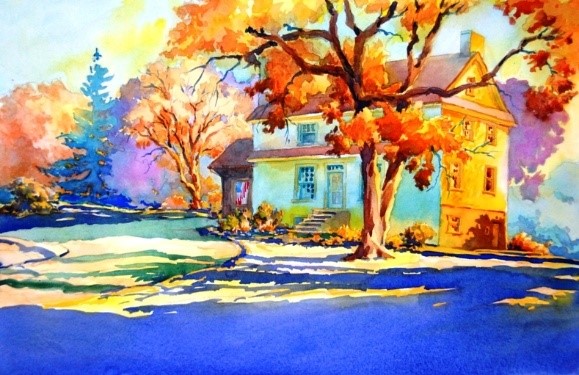
“Long Shadows, No. 1”, Watercolor, 15” X 11”
![]() 19 April 2025
19 April 2025
Today, we examine some basic but important painting ingredients—light, shade and shadow. Light, shade, and shadow are incredibly important in watercolor painting. They are fundamental elements that contribute significantly to the connection, depth, and mood of a painting. Here’s a summary of some of their important roles and characteristics:
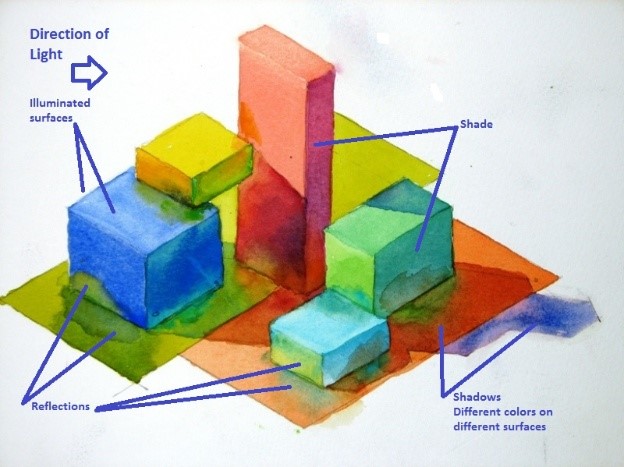
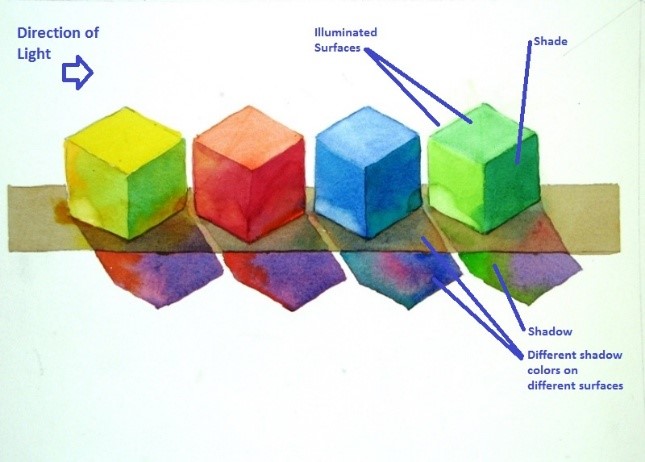
Figures illustrating light, shade and shadows
The Role of Light:
• Creates Highlights: Lightest areas in a painting indicate where light directly hits an object or surface. These highlights give a sense of shine, form, and the direction of the light source.
• Defines Form: The way light falls across a subject reveals its three-dimensional form. Gradual transitions from light to shadow suggest curves and volume.
• Establishes Mood: Bright, direct light can create a cheerful or dramatic mood, while soft, diffused light can evoke tranquility or mystery..
• Creates Contrast: Variations in light intensity create contrast, which is essential for visual interest and helps the viewer distinguish different elements in the painting

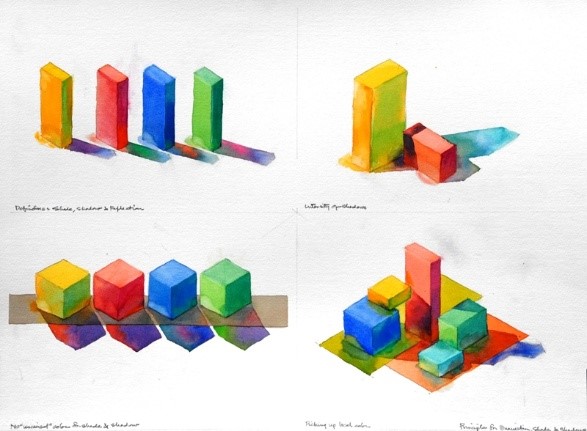
The Role of Shade:
• Indicates Turning Surfaces: Shade refers to the areas on an object that are turned away from the primary light source. These areas are darker than the lit surfaces and help define the object’s shape.
• Provides Transitions: Shade creates a gradual transition between the highlighted areas and the darkest shadows, making the form appear more natural and less flat.
• Adds Depth: By depicting the subtle variations in tone within the shaded areas (form shadows), you can enhance the illusion of depth and volume.

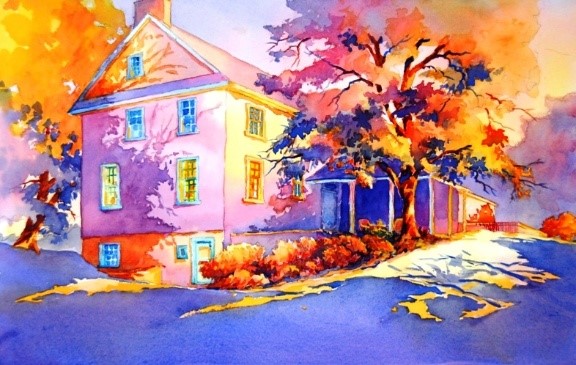
The Role of Shadow:
• Grounds Objects: Cast shadows are the dark areas projected by an object onto a nearby surface. These shadows visually anchor the object, making it feel connected to its environment rather than floating.
• Reveals Light Direction: The direction and length of cast shadows clearly indicate the angle and position of the light source.
• Creates Depth and Dimension: Shadows interacting with different planes and surfaces create a sense of spatial relationships and three-dimensionality within the painting.
• Adds Interest and Drama: Well-placed shadows can create intriguing shapes and patterns, adding visual complexity and drama to a scene.
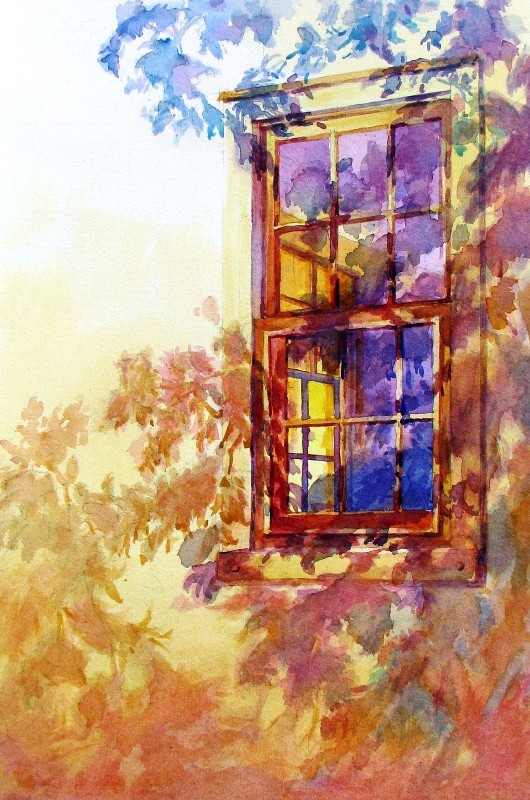
In conclusion, light, shade, and shadow are not just about depicting what you see; they are powerful tools for creating believable forms, establishing atmosphere, and adding visual interest to your watercolor paintings. Mastering their interplay is a key step in developing your skills as a watercolor artist.
Are light, shade and shadows important in the paintings you enjoy?
Contact Virgil to inquire.
more? Shop Fine Art America

“You Must Go Left or Right” , Watercolor, 30” X 11”